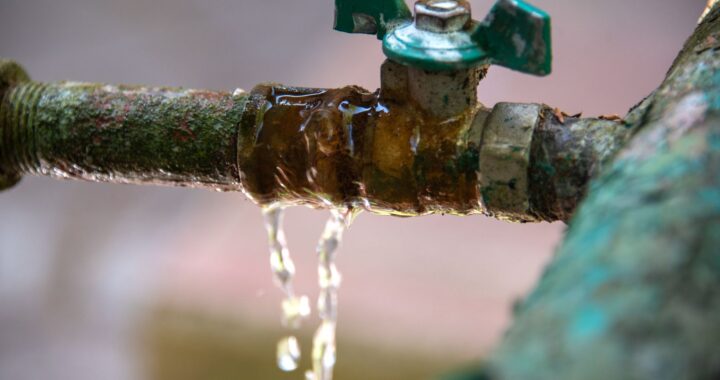Tips For Applying Rubber Cement Correctly

If you’re looking for a reliable adhesive for your next project, consider using rubber cement. This type of cement is great for bonding paper, fabric, and other materials together, and it’s relatively easy to apply.
Here are a few tips to help you get the best results when using rubber cement.
What is rubber cement and what are its uses
Rubber is an adhesive made from natural or synthetic rubber and solvent. It’s often used in bookbinding and for bonding paper, photos, and fabric. Rubber cement is also a popular choice for art projects and temporary repairs.
How to apply rubber cement
Start with a clean, dry surface. Any dirt, grease, or other contaminants will prevent the cement from bonding correctly. Apply the cement to one of the surfaces you’re looking to bond. Use a brush or roller to apply an even layer of adhesive. Let the cement dry until it’s tacky to the touch. This usually takes about 15 minutes.
Press the two surfaces together and hold them in place until the cement dries completely. This usually takes about 30 minutes. If necessary, trim away any excess cement with a knife or scissors.
Tips for working with rubber cement
Use rubber cement in a well-ventilated area. The fumes from the solvent can be harmful if inhaled. If you get rubber cement on your skin, wash it off immediately with soap and water. Store rubber cement in a cool, dry place. The adhesive will become less effective if it’s exposed to heat or sunlight.
Apply a thin layer of cement to avoid creating a messy, difficult-to-remove mess. If you’re working with sensitive materials, test the cement on a scrap piece of similar material first. This will help you avoid any surprises later on. Use rubber cement sparingly. Too much adhesive can make the bond weaker, not stronger.
How long does rubber cement take to dry
It usually takes about 15 minutes for the cement to become tacky, and then 30 minutes for the bond to set. However, it’s always best to consult the manufacturer’s instructions for specific drying times. When working with rubber cement, be sure to use it in a well-ventilated area. The fumes from the solvent can be harmful if inhaled. If you get the cement on your skin, wash it off immediately with soap and water. Store rubber cement in a cool, dry place. The adhesive will become less effective if it’s exposed to heat or sunlight.
Apply a thin layer of cement to avoid creating a messy, difficult-to-remove mess. If you’re working with sensitive materials, test the cement on a scrap piece of similar material first. This will help you avoid any surprises later on. Use rubber cement sparingly. Too much adhesive can make the bond weaker, not stronger.
How to remove rubber cement if you make a mistake
If you need to remove rubber cement from a surface, start by gently peeling or scraping away as much of the adhesive as possible. If there’s still cement stuck to the surface, try dabbing it with a cloth soaked in acetone or nail polish remover. You can also try using a hairdryer to heat up the adhesive and make it easier to remove. If all else fails, you can try sanding or filing away the rubber cement. Just be careful not to damage the surface underneath.
As you can see, rubber cement is a versatile adhesive that can be used for a variety of projects. Just be sure to follow these tips to get the best results.

 How to Perform a Roof Inspection
How to Perform a Roof Inspection  What to Do After Water Damage in Toronto
What to Do After Water Damage in Toronto  How to Keep Your Garage Door and Gate Running Smoothly Year-Round
How to Keep Your Garage Door and Gate Running Smoothly Year-Round